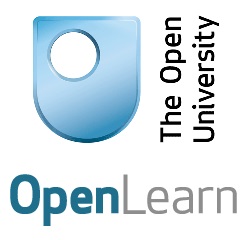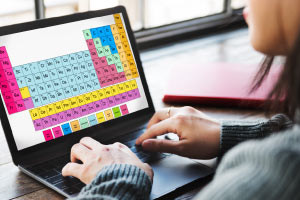Discovering chemistry

OpenLearn Review
Location
Online(Course Link)
Dates
On Demand
Course Categories
Math, Science and Engineering
Certficate
Yes()
Language
English
Course Fees
FreeNo. of Attendant
Unlimited
Acquired Skills/Covered Subjects
- explain what is meant by isotopes, atomic numbers and mass numbers of the atoms of chemical elements,indicate ways in which the chemical periodicity represented by the Periodic Table is reflected in the electronic structure of atoms,explain how the molecular structure of chemical compounds is linked to their macroscopic properties
| Provider Name | OpenLearn |
|---|---|
| Training Areas |
|
| Website | http://www.openuniversity.edu/ |
| About The Provider |
Since its launch in 2006, OpenLearn has become an integrated part of The Open University, with the site attracting more than 69 million visitors – many of which go on to make an enquiry about becoming a formal student, strengthening the journey between informal and formal learning. The OpenLearn team originate, commission and develop content that unites faculty and University priorities with areas of topical and general interest. This is in support of our own student population in their academic, skills and career and personal development (CPD) endeavours, delivering quality assets openly available for teaching and learning. OL deliver bite-sized learning experiences designed to fit easily into daily life, so whether you're a busy parent looking to get promoted at work, or back-packing across Africa and wanting to increase your learning, we are open with no requirements to access our free materials. Some of OL academic-led content includes: |
Chemistry lies at the centre of our modern life, playing a part in areas as diverse as the development of new drugs and materials, analysing our environment through to more mundane activities such as washing your clothes and making your tea. But to truly understand the role chemistry plays you need to have a sound grasp of a number of fundamental principles.
This free course, Discovering chemistry, introduces you to some of these concepts, beginning with the idea that everything that you can see is made of building blocks called atoms. This leads on to a look at the chemical elements and how they are arranged in the Periodic Table, enabling chemists to rationalise patterns in their chemical and physical behaviour.
Next you will consider chemical reactions, specifically how atoms combine with other atoms to form molecules, and how molecules combine with other atoms or molecules to form bigger molecules. You will meet simple (tried and tested) theories to explain the bonding in molecules and at how their shapes may be explained, and indeed predicted. And in a wider sense you’ll be looking at why reactions happen at all and how fast they go.
This is also a beginner’s level course in the language of the chemist; you’ll learn about symbols, formulas and how chemical equations which represent reactions are constructed. Finally you will see how chemists count atoms and molecules, essential for making up solutions of a known concentration in order to carry out a reaction, or performing a chemical analysis.





